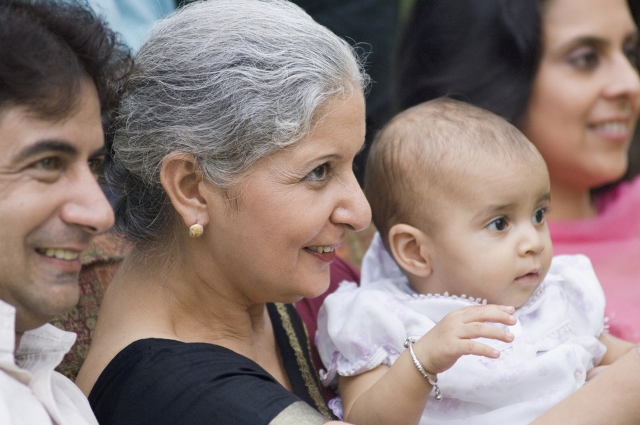 Today the U.S. House Committee on the Judiciary is hosting a hearing on “The Separation of Nuclear Families under U.S. Immigration Law”. The issue to be addressed relates specifically to the obstacles that many legal permanent residents (LPR) currently living in the United States face when they try to bring their immediate relatives to the country. While there are neither country nor yearly caps for immediate relatives (currently defined as opposite-sex spouses and minor children) of U.S. citizens who want to immigrate to the United States, there are only 87,900 immigrant visas available each year for immediate relatives of LPRs. In addition, no country can receive more than 7 percent of the visas available for all immigration categories in a fiscal year. In 2012, for example, the maximum number of visas available per country was 47,250. And because the demand for visas in some countries is much larger than the number of visas available, some LPRs have to wait several years to be able to bring their spouses and unmarried children.
Today the U.S. House Committee on the Judiciary is hosting a hearing on “The Separation of Nuclear Families under U.S. Immigration Law”. The issue to be addressed relates specifically to the obstacles that many legal permanent residents (LPR) currently living in the United States face when they try to bring their immediate relatives to the country. While there are neither country nor yearly caps for immediate relatives (currently defined as opposite-sex spouses and minor children) of U.S. citizens who want to immigrate to the United States, there are only 87,900 immigrant visas available each year for immediate relatives of LPRs. In addition, no country can receive more than 7 percent of the visas available for all immigration categories in a fiscal year. In 2012, for example, the maximum number of visas available per country was 47,250. And because the demand for visas in some countries is much larger than the number of visas available, some LPRs have to wait several years to be able to bring their spouses and unmarried children.
The existence of backlogs, however, affects not only LPRs who petition for their immediate relatives but also all other family preference categories, including, for example, adult sons and daughters of U.S. citizens (both married and unmarried), brothers and sisters of U.S. citizens, and unmarried adult sons and daughters of permanent residents. Some of the most notoriously backlogged categories are the sibling preference category in the Philippines; unmarried sons and daughters of permanent residents in Mexico; and married sons and daughters of U.S. citizens in China.
As a result of these backlogs, some immigrants from certain countries have to wait decades before they receive an immigrant visa. This situation is clearly at odds with the philosophy that guided the enactment of current immigration law, which has family reunification as one of its guiding principles. In fact, since the Immigration and Nationality Act was signed into law in 1965 the United States has stood out from other receiving countries as a nation that embraces and welcomes immigrant families.
And while there are clear humanitarian reasons to allow relatives of U.S. citizens and permanent residents to immigrate to this country legally, there are also economic and social advantages embedded in family-based immigration. When newcomers arrive on a family-based visa, they have resources readily available to help them navigate the system and become employed or start their own businesses. This is particularly important because unlike other immigrant receiving countries that have explicit policies that pursue the integration of new immigrants, the United States lacks a national integration policy. In its absence, families have played a crucial role in easing the social adjustment and economic incorporation of newcomers.
Family admissions—especially women—are also critical for the “care economy,” which is fundamental for the well-being of household members. Because it is unpaid, however, the work performed by caregivers in the household is usually invisible in public statistics. Nevertheless, this type of work is essential for sustaining the current and future workforce. Immigrant women who perform their work in the domestic sphere raise children, care for the elderly and sick, and play a critical role in household well-being. Although unpaid, all these activities are indeed valuable for the society as a whole.
At the same time, family ties facilitate the formation of immigrant communities, which offer a fertile environment for the development of businesses. In fact, so called “ethnic neighborhoods” have long been used in revitalization strategies.
Given the critical role that families play in the integration of newcomers, It is not surprising, then, that new immigrants—the majority of whom enter the United States on family visas—have become the most upwardly mobile of American workers.
In a moment like this one, when a major reform of the immigration system is being discussed, and many voices have highlighted the evident flaws of the current system—including, for example, the insufficient number of visas available for certain categories of migrants and the exclusion of same-sex partners from family-based immigration—, it is also important to keep in mind and maintain those aspects that have made the United States an admirable model. An improved version of family-based immigration would certainly contribute to that goal.
FILED UNDER: Children, Family Immigration, Hearings, Immigration Law, Nuclear Families, Visas


